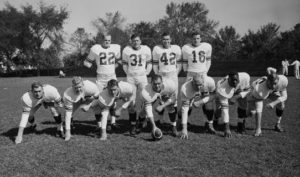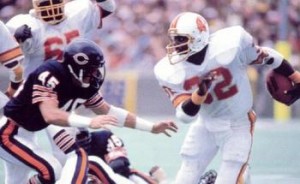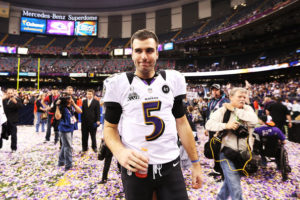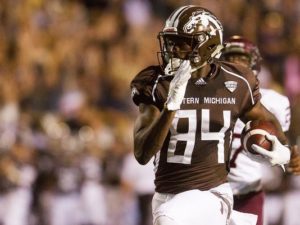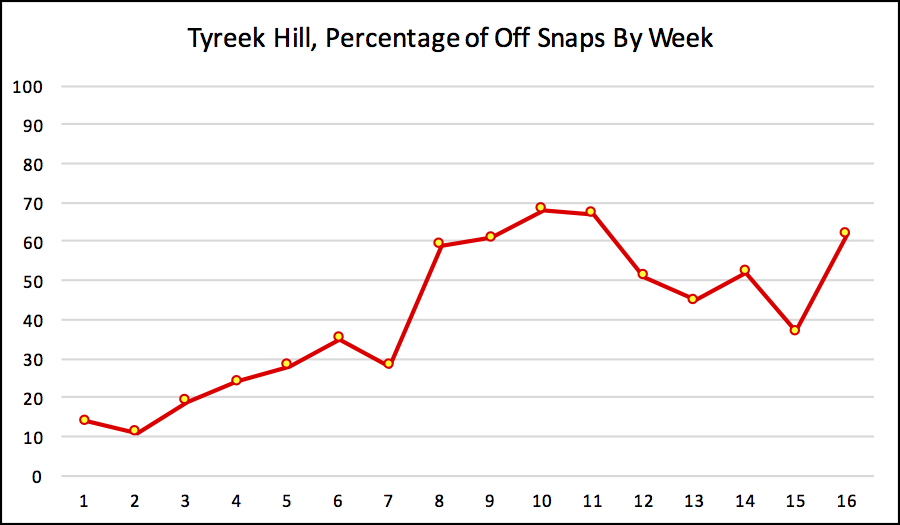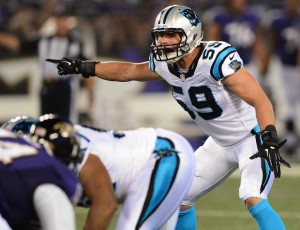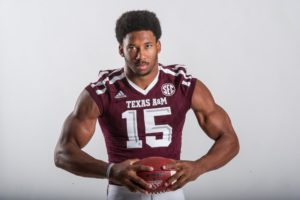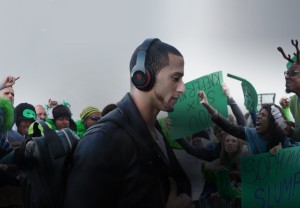There are currently five head coaches in the NFL that used to be coordinators for the Atlanta Falcons. If you’re a betting man, Steve Sarkisian may be the next to join the list. Sark was a Pac-12 head coach for six years (four in Washington and two at USC) before spending last season as the Alabama offensive coordinator. He’s now the 2017 Falcons offensive coordinator, and that’s a pretty good place to be. The last four offensive coordinators for the Falcons — Kyle Shanahan, Dirk Koetter, Mike Mularkey, and Hue Jackson — are the current head coaches in San Francisco, Tampa Bay, Tennessee, and Cleveland. Mike Zimmer, the Falcons defensive coordinator opposite Jackson in the Bobby Petrino-doomed 2007 season, is the Vikings head coach, giving Atlanta a league-high five former coordinators who are current head coaches.
In the last few years, the Broncos have had four coordinators go on to become head coaches elsewhere: Jack Del Rio and Adam Gase are the head coaches in Oakland and Miami, while Mike McCoy (San Diego) and Dennis Allen (Oakland) have since been fired. The Ravens have also had four coordinators in the last decade get promoted: Gary Kubiak (Denver) and Rex Ryan (Jets, Bills) are no longer current head coaches, while Chuck Pagano (Colts) and Jim Caldwell (Detroit) are still active head coaches.
In addition to Atlanta, the Bengals are responsible for three current head coaches: the Cincinnati platform lifted Hue Jackson to Cleveland, Mike Zimmer to Minnesota, and Jay Gruden to Washington.
Since 1990
Since 1990, two teams have sent an incredible 9 coordinators to become head coaches of different franchises. For Denver, in addition to the four above, Gary Kubiak, Jim Fassel, Wade Phillips, Mike Shanahan (due to his time as head coach in Washington), and Chan Gailey were all coordinators in Denver since 1990 and then become head coaches elsewhere.
The other team is the 49ers, although all 9 coordinators were in San Francisco from 1991 to 2006. The full list, from most recent to least:
Norv Turner, Mike McCarthy, Jim Mora, Marty Mornhinweg, Pete Carroll, Marc Trestman, Ray Rhodes, Mike Shanahan, and Mike Holmgren.
Fewest
As discussed yesterday, the last Tampa Bay coordinator to become a head coach at another franchise was back in 1984. Each other team has sent at least one coordinator since ’05 on to become the head coach somewhere else.
Since 1990, three teams have vaulted just one coordinator to a head coaching job for another team. The Colts had Bruce Arians as the team’s offensive coordinator (and interim head coach) in 2012, and has been the Cardinals head coach since. For Houston,
the coordinator history has not been great, and Kyle Shanahan (the team’s OC in ’08 and ’09 before moving on to Washington) just became the first one to get a head coaching gig. The final team is Detroit: Dick Jauron was the Lions defensive coordinator in ’04 and ’05 (also serving as interim head coach), before becoming the Bills head coach in ’06. Detroit and Tampa Bay are the only teams that don’t have a coordinator since ’06 go on to be a coach elsewhere, but with Jim Bob Cooter and Teryl Austin being highly regarded, that could change soon.
The table below shows all offensive and defensive coordinators since 1990 to become head coaches at other teams (ignoring interim head coaches): [continue reading…]

